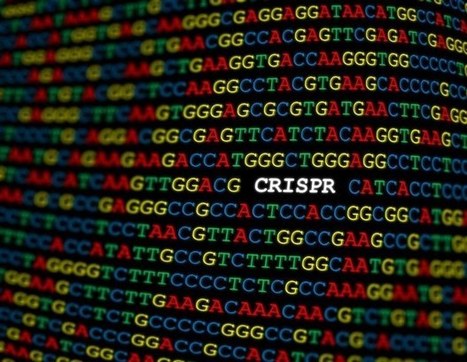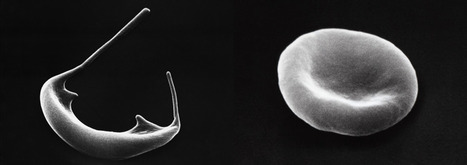Humans can benefit significantly from symbiotic relationships with probiotics-;live bacteria and microorganisms that influence the gut microbiota.
Research and publish the best content.
Get Started for FREE
Sign up with Facebook Sign up with X
I don't have a Facebook or a X account
Already have an account: Login
 Your new post is loading... Your new post is loading...
 Your new post is loading... Your new post is loading...

Maïssa Magne's curator insight,
December 15, 2023 3:45 PM
The text discusses Parkinson's disease , a neurodegenerative condition characterized by the degeneration of dopaminergic neurons. The primary treatment involves using levodopa, but its effectiveness is limited to about five years. The study explores a novel approach using CRISPR-Cas technology, specifically the synergistic activation mediator system, to activate the expression of the tyrosine hydroxylase (=Th) gene in astrocytes. Astrocytes play a crucial role in the immunological response of the brain in Parkinsosnn disease. In a rat model of Parkinson disease, astrocytes expressing tyrosine hydroxylase (=AST-TH) were implanted following gene activation. The study identified a specific small guide RNA, TH4 sgRNA, which achieved high levels of Th protein expression. Behavioral tests indicated that rats with AST-TH transplants exhibited improved motor control compared to those with control astrocyte transplants. Immunohistochemical analysis revealed increased dopamine expression in the striatum, improved dopamin metabolism, and co-localization of Th and a neuroinflammation biomarker in AST-TH implanted brains. Overall, the findings suggest a targeted therapeutic approach using gene activation in astrocytes to enhance Parkinson Disease treatment efficacy and potentially extend the drug-free period. What do you think about it ?
|
|
















Probiotics, widely regarded as a treasure trove in the field of microbiology, are currently finding new applications in medicine, animal care and the food industry. However, it is often difficult to use probiotics in their existing form, due to the varying effects of different strains on the health of different individuals. Consequently, it is also difficult to find concrete evidence to support the proposed benefits of probiotics. Fortunately, these challenges can be overcome thanks to the considerable advances we've seen in genetic engineering over the past decade, particularly following the introduction of the hugely popular CRISPR-Cas editing system. By modifying, deleting or introducing specific genes with these tools, we can tailor the activities of probiotic organisms to our health needs. To support the researchers interested in pushing the limits of the field, Professor Nan Peng from the Huazhong Agricultural University, China, along with his colleagues, recently published a review article in Volume 5 of BioDesign Research summarizing the latest advances and hurdles related to the engineering of probiotics with CRISPR-Cas.